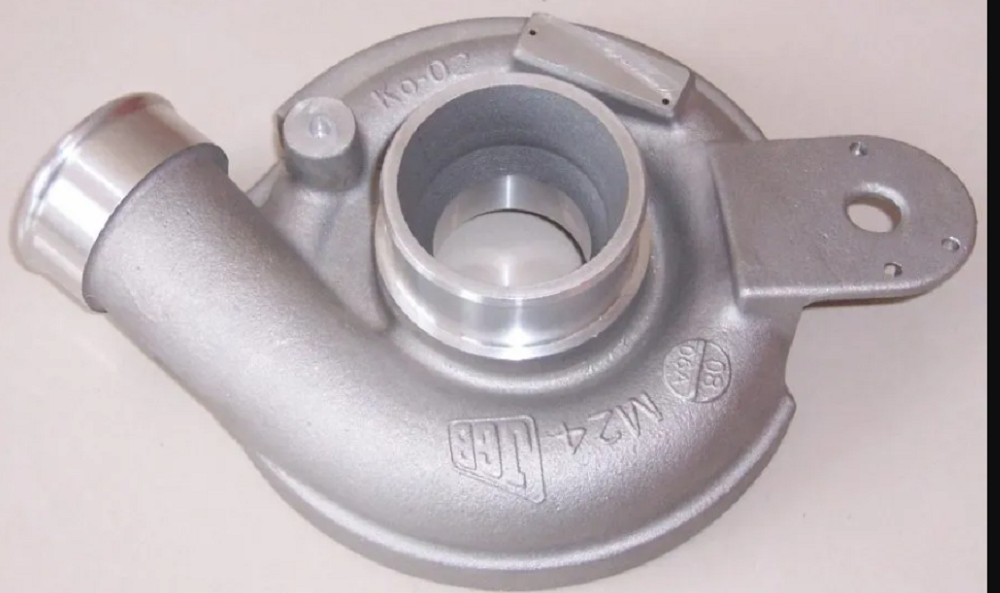Today’s technical growth calls for fast, unique, and innovative minds to grasp the ideas and come up with something unique for life. The main aim in different technical developments, whether in the industrial or the manufacturing field, is always to develop fast production means that are less costly in the form of resource usage and overall financing.
That’s why while investment casting is still the popular talk, there are other uprising metal production methods. So it will be up to you to choose one that seems cheaper but beneficial depending on the nature and quantity of products you have to handle. This is why there is shell molding in today’s metal production methods. This type of molding involves pouring the molten metal into an expendable mold whose thin wall is a sand creation of resin mixture around a pattern.
Cast iron, alloy steel, stainless steel, carbon steel, copper, and aluminum alloys are the most used metals in shell mold casting. However, their sizes and quality requirements vary depending on the immediate usage of the metal part.
Usage and Obtaining a Pattern in Shell Mold Casting
Depending on your initiated design, the following processes describe how you can develop various patterns in your shell mold casting.
- Pattern Creation: it involves making a specific metal design either from a steel or iron alloy based on the intended usage for the product.
- Mold Creation: each pattern side gets heated to 350-700°F for easy Removal after coating with a lubricant. The initially heated pattern gets clamped into a dump box containing a sand and resin binder. Once set for a few seconds, the dump box gets inverted to ensure the resin coats and forms the layer around the pattern. The manufacturer has to be timely enough to know the pattern is ready within a few milliseconds; from then on, the shell gets cured in an oven, and the pattern is later ejected from the shell.
- Mold Assembly- the different shell halves are clamped together to form a complete shell mold that is then placed into a flask with a back supporting material. At this stage, if the metal is intended to have an internal core depending on its intended usage, this is the point the core gets inserted into the shell before the mold is clamped.
- Pouring: the two clamped shells are held together as molten mold is poured directly from a ladle into the shell cavity, with the backing support intact.
- Cooling: once filled to the brim of the mold, the molten metal is left to cool and solidify into the desired shape for the cast.
- Casting Removal: once the molten has cooled entirely and solidified, the mold gets broken down as the casting is removed in preparation for cleaning and trimming processes. It is at this point that the manufacturer cannot any surface defects while removing excess metal from the mold and sand from the mold.
At this point, your shell mold casting is ready, with part of its advantages being a good surface finish. This, however, comes at the cost of expensive equipment to facilitate the whole procedure. But you can always be sure of complex shapes and designs perfect for connecting rods and cylinder heads.
